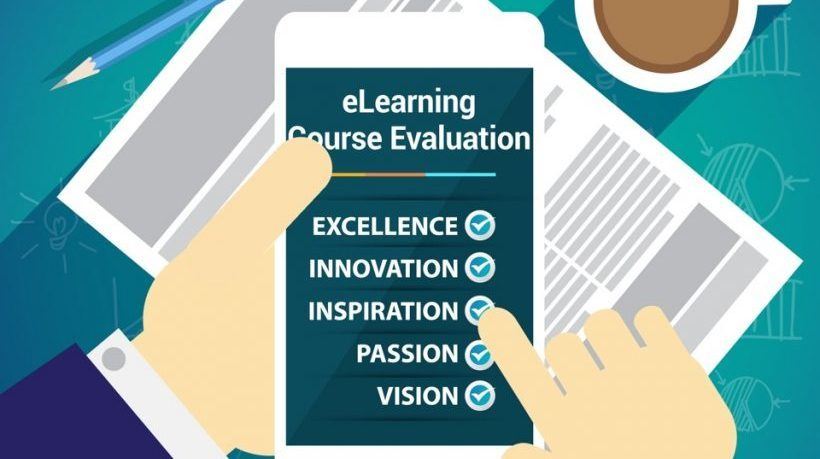eLearning Course Review: Why You Should Review Your eLearning Course Thoroughly
Whether your eLearning course is still in production or has already been finished, the need to review and test is ever present. You never know what sort of problem might pop up at any moment and ruin your user’s experience. Even if your UX (user experience) is perfectly fine, there can be a host of other problems that pass right under your nose if you don’t review your eLearning course diligently.
The problem becomes even more compounded when you’re working with a large team. There are so many people with expertise in different areas, and working in sync can be challenging. So the need for doing an eLearning course review becomes even greater. It’s something every self-respecting eLearning course producer must do.
Here are the 5 biggest reasons you should always review your eLearning course meticulously.
- Accuracy.
This is the most important thing for you to check in your course. You don’t want to give your students any factually incorrect information, and it doesn’t matter whether it’s intentional or unintentional. Incorrect facts send a really bad message to the user: You’re not doing your job well. Always double check with your Subject Matter Experts and the internet that the facts, figures, names, and other data you’ve used are all accurate. Incorrect information not only damages your own credibility, it also hurts the client and the end user, i.e. the student. - Functionality.
Your eLearning course will most probably have lots of different media and interactive elements. They are a necessity if you want to keep the student engaged, but it’s easy to get things messed up. Sometimes, a button or two may not work. Other times, the audio may not sync up with the video. The graphics may start mucking up when you resize the window. A number of things can go wrong. So you need to test and review everything thoroughly before you ship the course. - Consistency.
You’ve heard it a thousand times and I’ll say it again: Your course needs to be consistent. Whether it’s the colors or the fonts or anything else, there needs to be a certain degree of consistency throughout the course. To check that, you must review your course again and again. If you’ve been working with a client for a while and she prefers some specific design in her courses, make sure you stick to that design. It's not unusual for the courses you make for a client to be part of a series, and it looks really unprofessional when two courses in a series have different layouts or designs. It’s okay to experiment a little, but don’t go overboard. Keep the colors, fonts, and other things more or less same. Another thing you need to be consistent about is the terminology. If you’re calling a course a “chapter”, stick to it throughout, and this applies to any terms you use in the course. It confuses the student when you use different terms to refer to the same thing. - Client Demands.
Your client is a big stakeholder in the whole process of course building. So it’s important for you to make sure everything is coming along the way your client wants it to. It’s not enough to just show the client a wireframe or a prototype in the beginning. You have to create certain checkpoints in the whole development process so your client can collaborate with you in reviewing the course. The client has certain visions and expectations regarding the end product, and without continual reviewing, that end product is never going to be what the client imagined. This will result in valuable time and resources being wasted at the last moment. It’s much better to keep the client in the loop and constantly seek feedback. - Improvement.
The more you review, the better your courses will tend to get over time. Your presentation and work speed improves substantially. This happens for a number of reasons: your gut feeling starts getting stronger as you notice patterns and realize what people like and what they don’t, your sense of design develops, your understanding of different issues also improves greatly.
All of this helps you deliver quality courses, all the while refining your performance continuously.
So make sure you review your courses with all your stakeholders multiple times.
If you’re looking for a great platform to review your courses and have all your feedback and comments stored in a centralized place, you should try out zipBoard. It's a new and powerful tool for efficient course review and feedback management.






